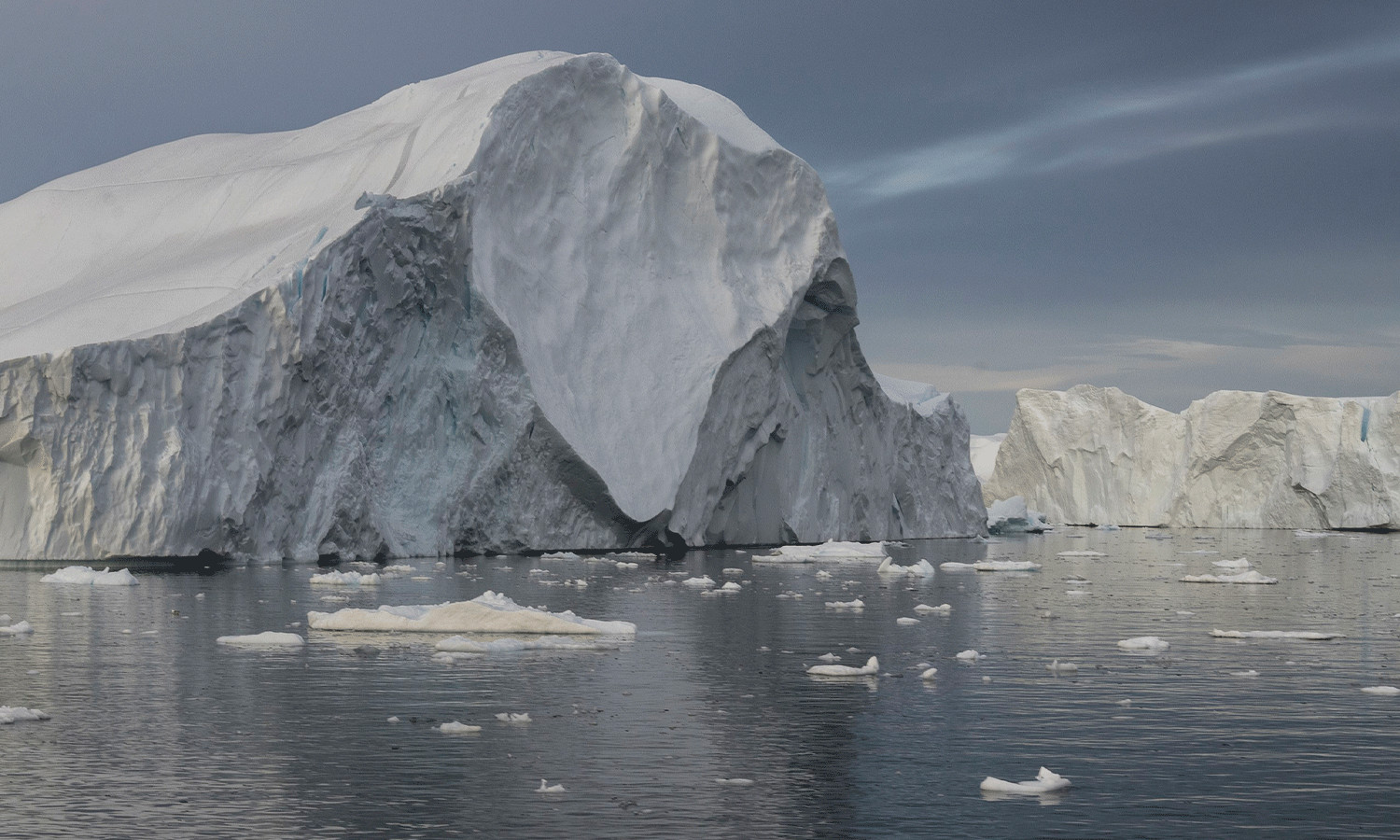Greenland’s Melting Glaciers Pose Growing Megatsunami Threat
Just under a year ago, the east coast of Greenland experienced a colossal megatsunami, triggered by a massive landslide in the uninhabited Dickson Fjord. The tsunami, reaching a staggering height of 200 meters—equivalent to more than 40 double-decker buses—underscores the increasing threat posed by climate change to the region's stability.
The event, which luckily resulted in no casualties but destroyed a military base, has shed light on a previously overlooked aspect of the climate crisis: the potential for increasingly frequent and powerful megatsunamis. Analysis of the seismic data associated with the event revealed that the tsunami was followed by a standing wave, persisting for days within the narrow fjord.
Analyzing the Aftermath of the 2023 Megatsunami
Researchers led by Angela Carrillo Ponce from the German Research Centre for Geosciences in Potsdam, meticulously examined the seismic data collected by earthquake monitoring stations over 3,000 miles away. These data revealed signals that persisted long after the 16 September 2023 landslide event, indicating the presence of a lingering disturbance.
Utilizing satellite images and advanced computer modelling, Ponce and her team confirmed the existence of a standing wave, approximately 1 meter in height, which lasted for more than a week. These findings, published in The Seismic Record, present a sobering warning: climate change is accelerating the melting of Greenland's glaciers and permafrost, significantly increasing the likelihood of landslides and subsequent megatsunamis.
The Link Between Climate Change and Megatsunamis
The alarming connection between climate change and megatsunamis is not merely theoretical. Recent years have witnessed smaller, but no less devastating, events, demonstrating the tangible impact of climate-induced instability. In 2017, a rock avalanche into western Greenland's Karrat Fjord triggered a tsunami that inundated the village of Nuugaatsiaq, claiming the lives of four people and destroying 11 homes. These events serve as stark reminders of the real and present danger posed by climate change.
The study meticulously examined quake signals and satellite imagery to reconstruct the series of events that led to the 2023 megatsunami, aiming to develop a better understanding of these phenomena and enhance monitoring capabilities for future occurrences. On that fateful day in September 2023, a rock mass—comparable in size to a rugby stadium and standing approximately 50-100 meters high—detached from a slope and plunged around 300-400 meters. This massive rockfall picked up glacier ice, transforming into a mixed rock-ice avalanche before crashing into the water, unleashing the powerful megatsunami.
The 2023 Megatsunami’s Devastating Impact
Researchers have determined that the megatsunami generated by the landslide reached a peak height of over 200 meters and extended for a staggering 10 kilometers along the fjord, reaching heights of up to 60 meters. The study's analysis revealed the sheer force exerted by the landslide and the subsequent tsunami, creating a prolonged vibration in the fjord, with waves sloshing back and forth in the narrow bay of the uninhabited fjord for over a week. Earthquake measuring stations located as far as 5,000 kilometers away registered the tremors caused by the landslide.
Seismometers detected a signal lasting an exceptionally long period, persisting for more than a week after the incident. This prolonged signal, as highlighted by study co-author Angela Carrillo Ponce, is a crucial element in understanding the nature of these events. While the precise cause of the landslide remains elusive, the study effectively unraveled the direction and magnitude of the force it unleashed. The researchers believe these findings offer valuable insights into understanding the dynamics of similar events and their potential connection to climate change.
A Dire Warning and a Call for Action
The scientific community emphasizes the undeniable link between glacier retreat, permafrost thawing, and the increasing frequency of landslides. As climate change continues to accelerate the melting of glaciers, the risk of megatsunamis poses a growing threat to coastal communities worldwide. The study serves as a stark warning, urging immediate action to mitigate the effects of climate change and protect vulnerable populations from these potentially catastrophic events.
The insights gleaned from this research provide a crucial foundation for developing effective strategies for early warning systems, infrastructure resilience, and risk mitigation measures. The study's findings not only highlight the gravity of the threat posed by climate change but also underscore the urgent need for global collaboration to address this critical challenge before it escalates into an irreversible crisis.

















